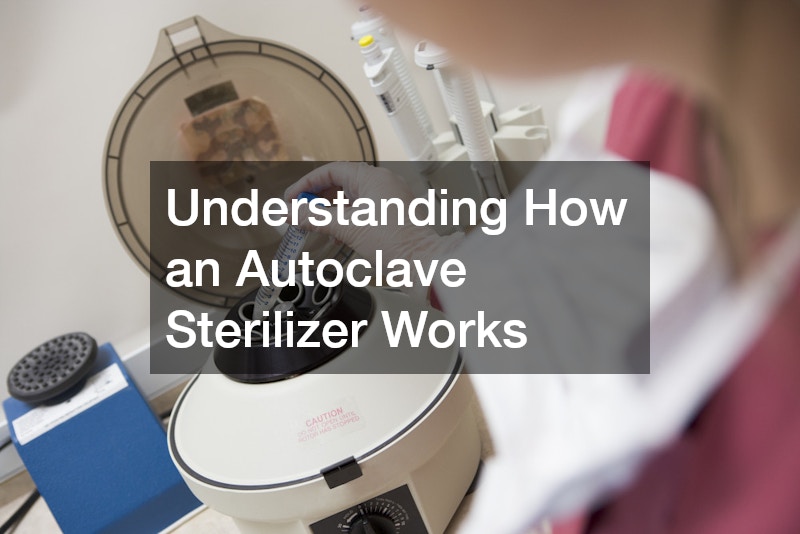
An autoclave sterilizer is a crucial tool in laboratories, medical facilities, and various industries for ensuring the complete sterilization of equipment and materials. The core principle behind an autoclave sterilizer is the use of high-pressure steam to eliminate all forms of microbial life, including bacteria, viruses, fungi, and spores. When items are placed inside the autoclave, the chamber is sealed, and air is removed to create a vacuum.
This vacuum allows steam to penetrate the items more effectively. The temperature is then raised to a minimum of 121 degrees Celsius, and the pressure is increased to 15 psi, which ensures the steam’s saturation throughout the load. This combination of high heat and pressure effectively destroys any microorganisms, providing a sterile environment for the items within.
The operation cycle of an autoclave sterilizer involves several stages to achieve optimal sterilization. Initially, the autoclave goes through a heating phase where steam is generated and air is evacuated from the chamber. This is followed by the exposure phase, where the items are maintained at the set temperature and pressure for a specific duration, typically ranging from 15 to 30 minutes, depending on the load’s nature. After the exposure phase, the autoclave enters the cooling phase, where the pressure is slowly released, and the steam is vented out. Once the cycle is complete, the items are left to dry within the chamber to prevent any recontamination. Understanding how an autoclave sterilizer works is essential for ensuring the effectiveness of the sterilization process, ultimately safeguarding against potential infections and ensuring the safety and reliability of sterilized equipment.
.


